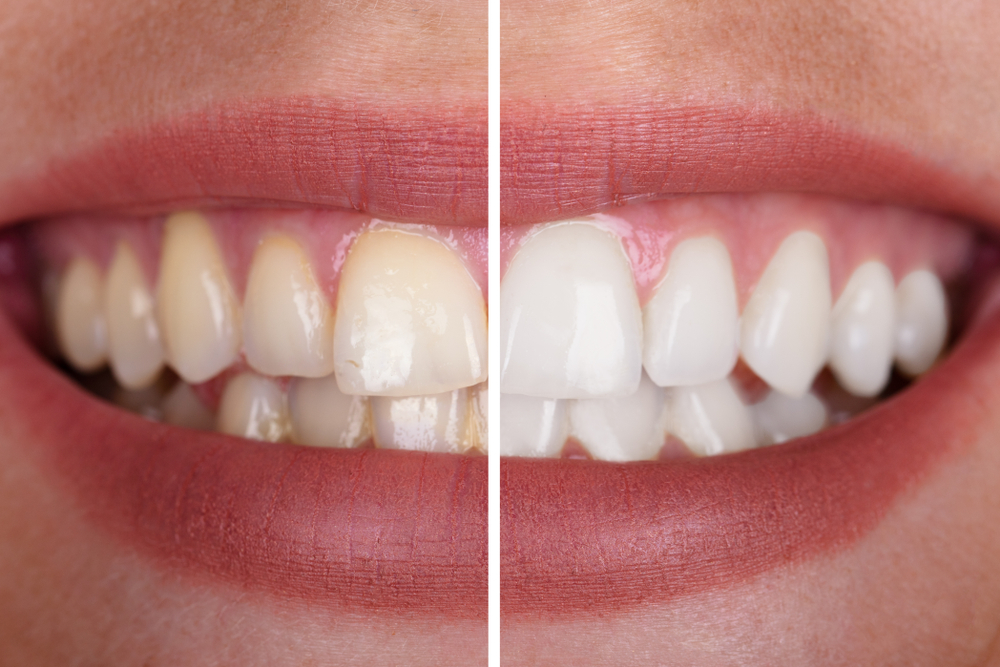We all know the drill when it comes to the dentist’s office. Eyes closed, lean back, ignore all the miscellaneous sounds happening due to the rubber-gloved hands deep in our mouths.
Have you ever wondered what’s actually going on in there? What’s making your gums bleed, or your teeth feel so much cleaner than they ever do at home? Maybe you’re the type that would rather not think about the foreign tools inside your mouth. Whichever is true for you, let’s take a trip down the educational lane and learn how your dentist, assistant, and hygienist keeps your teeth in tip-top shape in today’s blog from Parkcrest Dental Group.
Related Post: How to Use Interdental Brushes for Best Results in Dental Care
The Dental Explorer
Let’s begin with the most daunting: the dental explorer. You might know this one as the one that resembles Captain Hook’s titular hand. It’s a long, slender instrument with a thin hook on the end. It looks nefarious, but it exists to help the dentist or hygienist find spots where the tooth may be decaying. They gently probe around the mouth, and if the hook catches or sticks to a particular area, that’s a sign of a potential cavity or other issues. This is how they identify the issue before it becomes a more severe issue.
The Mouth Mirror
Second, and much less ominous, is the mouth mirror. This one is also recognizable, as it comes into play in every dental function. Its purpose is to look at the teeth from a different angle while pulling the cheeks away from the gums.
Periodontal Probe
Getting into the more technical terms, we have the periodontal probe. It’s used to gauge the amount of bone loss around the tooth; a condition called periodontitis. The probe is used by being slid into the gap between the tooth and gums. Bone loss is measured by how deep the probe can go without resistance. The further it goes past the average 3mm “pocket,” the more bone loss is present. The tool helps detect gingivitis or periodontitis.
The Spoon Excavator
Next on our list is the spoon excavator. It’s named after its shape, long and rounded off at the end, like an oddly shaped spoon. It’s used during routine cleaning to remove decay or buildup in the teeth. It is also used for shaping composite resin when placed in the mouth.
The Cotton Pliers
Finally, the cotton pliers can be found on the dental tool tray. They also look a tad ominous, resembling long-handled tweezers with a slight angle at the end. This is one most of us hope not to see coming at us, as they’re used to place cotton. It doesn’t sound too bad, but the only time we need cotton placed is when we have a tooth extracted. The pliers help put the cotton exactly where it’s necessary to assuage any bleeding. These are not to be confused with the similar-looking tools used to extract the tooth, called extraction forceps. These are not on the tray for a standard dental exam.
Next time you come in to see us at Parkcrest Dental Group, test your knowledge and see if you can find any familiar tools on the tray.
Dental Health
If you have not been to a dentist in a long time, or if this is your first visit, seeing the tools they work with can be intimidating. The professionals at Parkcrest Dental Group take great care in working on your teeth to get you the very best smile and comfort available. If you’re suffering from dental issues, contact Parkcrest Dental Group or call (417) 887-1220 today. Let’s discuss a treatment plan and get you on the road to more smiles.




